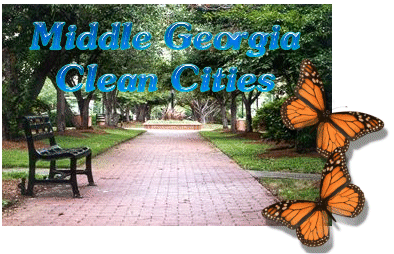|
What is carbon monoxide? |
|
Carbon monoxide (CO) is a colorless, odorless, tasteless gas that is
slightly lighter than air. It is the most abundant pollutant in urban
atmospheres and is very stable, having an average lifetime of 2-4 months
in the atmosphere. |
|
Where does CO come from? |
|
The primary source of CO is incomplete combustion of fossil fuels used
for transportation and heating. Other
sources include refuse and agricultural burning, natural forest fires,
and by-products from some industrial sources. CO tends to build up when
shallow cold air masses are trapped close to the ground by warmer air
masses above and by the mountains to the west. These temperature
inversions occur most commonly during fall and winter months. |
|
How does CO affect us? |
|
Carbon monoxide pollution affects everyone. It affects the central
nervous system by depriving the body of oxygen. CO enters the body
through the lungs, where it is absorbed into the bloodstream. Hemoglobin
in the blood combines much more readily with CO than with oxygen, thus
the amount of oxygen delivered by the blood is reduced in the presence
of CO. CO can cause headaches, fatigue, vision and judgment impairment,
dizziness, and drowsiness. |
|
Who is at risk? |
|
Particularly at risk are people with heart or breathing disorders, the
elderly, pregnant women and their unborn children, and anemic
individuals. Concern also exists for healthy children because of their
increased oxygen requirements that result from their higher metabolism
rate. |
|
What are the EPA standards? |
|
The primary National Ambient Air Quality Standard (NAAQS) for CO is 9
ppm (parts per million) averaged over an eight hour period and 35 ppm
averaged over a one hour period. The EPA allows no more than one
exceedance of the standard per year for any given location. Subsequent
exceedances constitute violations of the NAAQS.
Primary standards are designed to protect human health and secondary
standards to protect human welfare. There are no secondary CO standards. |

